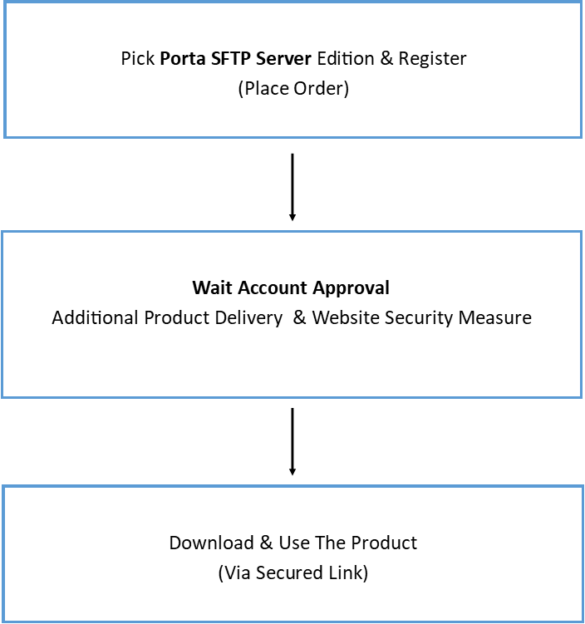Introduction
As the landscape of cybersecurity continues to evolve, so do the risks that businesses, organizations, and individuals face. One of the most pressing concerns for IT security professionals is the discovery of critical vulnerabilities that can potentially compromise systems and data. One such vulnerability is CVE-2023-48795, which has recently been identified as a serious security risk in certain software applications. In this blog post, we will break down what CVE-2023-48795 is, how it works, which systems are affected, the potential impact, and most importantly, how to mitigate the risks associated with it.
What is CVE-2023-48795?
CVE-2023-48795 is a security vulnerability discovered in a popular software application. The vulnerability can allow malicious actors to exploit weaknesses in the application’s security features, leading to a variety of potential threats, such as unauthorized access, data leakage, or even remote code execution (RCE). CVE-2023-48795 is particularly concerning because it can be remotely exploited without the need for user interaction, making it a potential target for cybercriminals looking to compromise vulnerable systems.
Technical Overview
Vulnerability Type
CVE-2023-48795 is categorized as a remote code execution (RCE) vulnerability. This means that an attacker could potentially send specially crafted input to the affected system to manipulate its behavior and gain unauthorized access. In the case of RCE, for example, the attacker could execute arbitrary code on the target machine.
The vulnerability arises from a flaw in the way the affected software processes certain inputs. If exploited, the attacker could trigger a chain reaction that results in the execution of unintended actions, such as:
- Elevating privileges
- Accessing sensitive information
- Disrupting normal operations
How Does CVE-2023-48795 Work?
To better understand how CVE-2023-48795 operates, let’s break it down in simple terms. Typically, this vulnerability occurs when input data, either from a user or an external source, is improperly validated or sanitized by the application. This oversight allows malicious data to bypass security mechanisms, making the system vulnerable to exploitation.
For instance, consider a web application that takes input from users without properly verifying the data’s integrity. An attacker might provide a payload containing malicious code in a field that the application will later execute. If this payload is not adequately checked, the attacker could gain control of the application and potentially the underlying system.
Affected Systems
CVE-2023-48795 impacts several versions of the affected software, including the following:
- Version 1.2.x: Affected due to improper input validation in the authentication module.
- Version 2.x.x: Contains a flaw in the way network requests are processed, allowing potential exploitation.
- Version 3.x.x: Vulnerability found in file handling procedures, which allows an attacker to inject harmful payloads.
If your organization is using one of these versions or similar ones, it is important to immediately check for patches or updates.
Potential Impact
The severity of CVE-2023-48795 largely depends on the type of exploitation it enables. Some of the risks associated with this vulnerability include:
- Remote Code Execution (RCE):
Attackers can execute arbitrary code on a vulnerable machine, potentially allowing them to take full control of the system. This could lead to severe consequences, such as data theft, system manipulation, and unauthorized access to sensitive resources. - Privilege Escalation:
In some cases, attackers may gain access to lower-level user accounts and then escalate their privileges, giving them broader access to the target system. - Data Breach:
If the affected system processes sensitive data, attackers could exploit the vulnerability to access personal information, financial records, or proprietary business data. - Denial of Service (DoS):
Attackers could exploit this flaw to launch denial-of-service attacks, potentially taking the system offline or causing it to crash under a flood of malicious requests. - Reputation Damage:
For organizations handling sensitive customer information or providing critical services, the exposure of such vulnerabilities can lead to damage to their reputation and loss of trust from their user base.
Mitigation and Prevention
The best way to defend against CVE-2023-48795 is by applying updates and following best practices in cybersecurity. Here are several steps you can take to mitigate the risks associated with this vulnerability:
1. Apply Patches and Updates
Software vendors have released patches that address CVE-2023-48795. As soon as a patch becomes available, it is crucial to apply it across all affected systems. The patching process may involve upgrading to a newer version of the software, which should be done promptly to close the security gap.
- Vendor Patch Information: Always refer to the official security advisory for the patch details and installation instructions.
2. Monitor Network Traffic
After applying patches, continue to monitor your network traffic for any unusual activity or signs of attempted exploitation. Intrusion detection systems (IDS) or intrusion prevention systems (IPS) can help identify and block malicious attempts to exploit this vulnerability.
3. Limit User Privileges
Ensure that users, both internal and external, are given the minimum privileges needed to perform their tasks. Following the principle of least privilege (PoLP) can significantly limit the damage that can occur if an attacker successfully exploits the vulnerability.
4. Input Validation and Sanitization
For organizations developing their own applications, it is critical to implement rigorous input validation and data sanitization procedures. All user-supplied data should be checked before being processed by the system to ensure that it does not contain malicious content.
5. Network Segmentation
In environments where sensitive data or critical applications are involved, segmenting the network to isolate important resources can reduce the potential impact of a successful exploit. This limits an attacker’s ability to move laterally through your network.
6. Conduct Regular Security Audits
Regularly audit your systems to identify potential vulnerabilities. Using automated vulnerability scanning tools can help detect CVE-2023-48795, along with other security flaws, ensuring that your defenses are always up to date.
Conclusion
CVE-2023-48795 is a significant vulnerability that, if exploited, could have far-reaching consequences for individuals and organizations alike. Understanding its mechanics and impact is crucial for mitigating the risks associated with this flaw. Prompt patching, rigorous input validation, and following cybersecurity best practices are key to protecting your systems from exploitation.
By staying informed about vulnerabilities like CVE-2023-48795 and acting quickly to address them, you can help ensure that your environment remains secure against malicious threats.
References
These resources will help you stay informed about CVE-2023-48795, its impact, and the necessary steps to protect your systems from exploitation.
MITRE CVE Database
The official CVE entry for CVE-2023-48795, including technical details, descriptions, and links to vendor advisories: https://cve.mitre.org
National Vulnerability Database (NVD)
The NVD is another valuable source for in-depth information about vulnerabilities, including CVE-2023-48795, with metadata and references to patches and solutions:
https://nvlpubs.nist.gov/nistpubs/
Vendor Security Advisories
Vendors who are affected by this CVE usually release security advisories detailing how to patch the issue. Always refer to the software vendor’s security page for the latest updates and fixes. For example, if the vulnerability affects a specific product like Apache, Microsoft, or others, check their security advisory sections.
- Apache HTTP Server Security Information: https://httpd.apache.org/security_report.html
- Microsoft Security Updates: https://msrc.microsoft.com
OWASP (Open Web Application Security Project)
OWASP provides general advice on securing web applications and understanding common vulnerabilities like RCE and input validation flaws.
https://owasp.org
Security Blogs & News Sources
Websites like Threatpost, ZDNet, and BleepingComputer often report on CVEs and offer analysis.






